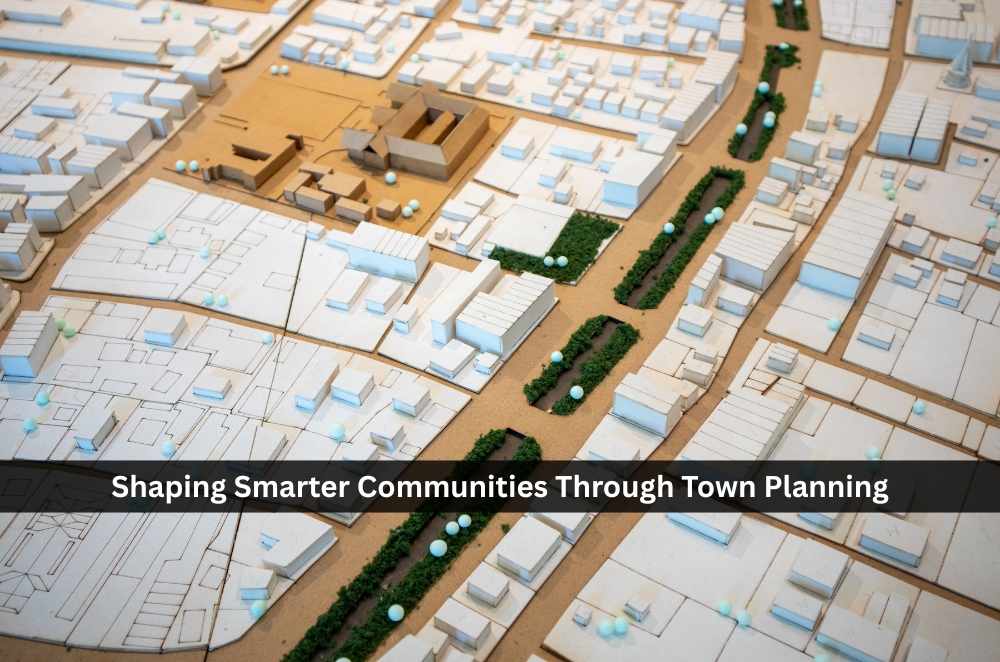
Within broader industry moves toward digital lodgement and evidence-based assessment, respected firms such as Urbis and AECOM publish guidance that a town planner in NSW works within, and reliable town planning from Meliora Projects is an example of applying those documented requirements in day-to-day project work. For those seeking more localised expertise, tailored Newcastle planning advice can bridge the gap between state-wide frameworks and council-specific expectations, ensuring smoother outcomes from the start.
Even smaller jobs can hit roadblocks. A home renovation might clash with setback rules. A retail fit-out could trigger parking or disability access requirements. Rural projects often face bushfire safety checks or environmental impact studies. Without guidance, it’s easy to spend weeks chasing paperwork, only to be told your application won’t fly.
Start early to avoid rework
Bring a planner in before designs harden. Early advice prevents redraws and keeps budgets intact.
• Confirm zoning and overlays before detailed design
• Align architects, surveyors, and engineers on constraints
• Prepare documents councils can assess without guesswork
Small jobs still hit big rules. A carport can trigger sight-line checks. A café fit-out might need accessibility upgrades and parking calculations. Rural builds often require bushfire or biodiversity assessments. The right specialist will flag these issues, propose workable adjustments, and shape a submission that answers likely objections the first time.
What planners do
Most of the work happens before an application lands on a council desk. Site analysis defines opportunities and limits. Pre-lodgement conversations surface hot spots early. When a design pushes the envelope, planners coordinate technical studies to justify it. For a practical primer on responsibilities and workflows, look at a town planning consultant’s role in NSW projects. It shows how a planner connects the client's aims with the system that decides them.
Negotiation is part of the craft. Traffic advice can balance extra floor area with safer access. Heritage input can protect character while allowing modern use. Environmental reports can offset impacts with measured mitigation. Strong evidence gives assessors confidence, which shortens the path from lodgement to decision.
Think beyond the approval
Approval is not the finish line. Good planning looks at how a project will perform once people use it. Will the layout handle deliveries without choking the street? Does the mix of uses support local services? Can the building adapt as needs change? These choices influence maintenance costs, neighbourhood amenity, and long-term value.
Some firms stay with the project after consent, coordinating conditions, certifiers, and construction sequencing. That continuity keeps design intent intact and prevents compliance drift. For a broader context on linking project outcomes with community benefit, exploring how early decisions ripple through the life of a place into sustainable urban development.
Town planning is a strategy, not just paperwork. Set the brief with explicit constraints, test the ideas with evidence, and present a case that makes sense to both neighbours and the council. Do that, and the process becomes manageable, even predictable, from first sketch to final sign-off.









Write a comment ...